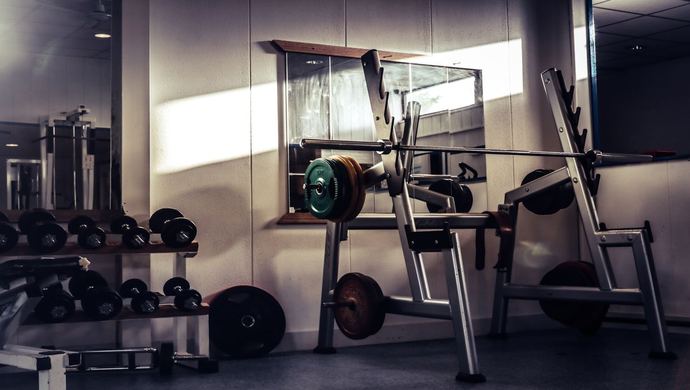Practical application over science dogmatism, the growing craze behind an unscientific idea.

Forbes mentions that the USD$30 billion health and fitness industry has been growing by around three to four per cent per year over the last decade.
The rise of the health and fitness industry has brought along with its promise for the technology industry as well. Fitness has always had a close relationship with technology.
In the 80s and 90s, the easy availability of home VCRs made it easy for coaches and trainers to distribute videos teaching recruits their programs. Today, however, fitness technology looks very different. Products such as BackJoy offer methods of recovery that fitness gurus would laugh at in the past decades.
Smaller sensors, more connectivity
Over time, the fitness movement has shifted from giving guidance to those to want it into a realm where it can measure one’s steps as they take it.
Also Read: Beyond the hospital: Challenges and opportunities in Indonesian healthtech scene
Lifewire notes that we have a step counter built into a device we have on us at all times – our smartphones – and by using it we can track and save how active or sedentary each day of our lives is.
Wearable tech is also something we see more of in our society as Fitbit and their competitors become prevalent in all parts of society.
Everyone can be an elite athlete
The most elite athletes in the world of sport subject their bodies to heavy training to prepare for competitive activity. Now, thanks to social media, we are privy to how they eat, how they train, and most importantly, what tools they use.
Recovery technology is the hottest trend among gym-goers since it claims to scientifically offer methods of recovering from a workout, or pushing your body harder, even if you’re not an elite athlete. What’s more, elite athletes are seen using some of these gadgets, so they must work…right?
The shady science of recovery
The science that surrounds recovery technology is sometimes murky.
Also Read: Fitness subscription service ClassPass debuts in Asia with Singapore launch
Some gadgets utilize principles appearing in peer-reviewed scientific data, and some just aren’t. It’s impossible to go through all the products and separate the ones based on legitimate science from those that aren’t.
The jargon used by fitness technology convolutes the information even more. Even so, USA Today mentions that most people tend to underestimate the usefulness of recovery to a proper workout regimen. Recovering after a workout is a necessary part of the process.
While the boom in recovery technology is beneficial for some, not every technology offering in the field of recovery is worth the price tag. Vox mentions that after some in-depth research, much of the claims of recovery techniques turn out to be unsubstantiated.
However, it is notable that just because science doesn’t back up a product’s claims, doesn’t necessarily make it a ‘bad’ product.
The placebo effect in sports recovery
The journal Sports Medicine mentions that expectancy, conditioning, and motivation can be affected by the placebo effect and may lead to both positive and negative outcomes depending on the type of stimulus introduced.
One can say the same of recovery technology that doesn’t look like it’s based on a scientifically sound methodology. Relaxation of muscles after a strenuous workout may be the goal, and if the product in question does that, then it’s performing its advertised function. In such a case, junk science or no, it works as advertised.
Practical application
If a technological device advertises itself as being able to do something, and it manages to fulfil that role, then it’s a successful product.
Anyone who has been on the internet over the last decade knows that advertising usually lies to the consumer to sell them a product.
While ethically it’s wrong, if the product that the consumer buys does what it says it will do, then it should not matter if the ‘science’ it’s using to sell its product is genuine or not. Functionality and practicality must take precedence over marketing. As good or bad as the science is, once the device does what we expect it to do, we should count it as a win.
Also Read: Has HealthTech innovation caught up with parents’ needs?
–
Editor’s note: e27 publishes relevant guest contributions from the community. Share your honest opinions and expert knowledge by submitting your content here.
Join our e27 Telegram group here, or our e27 contributor Facebook page here.
Image Credit: Jelmer Assink
The post How recovery training managed to become tech’s latest fitness craze appeared first on e27.